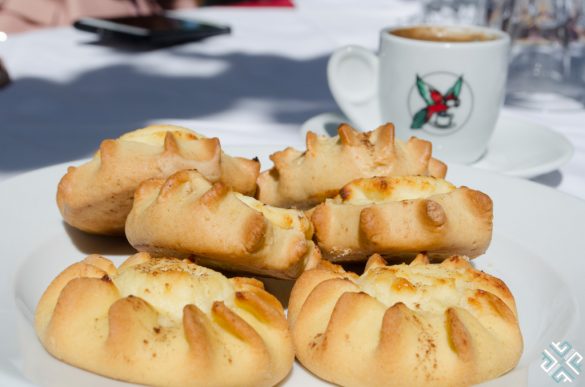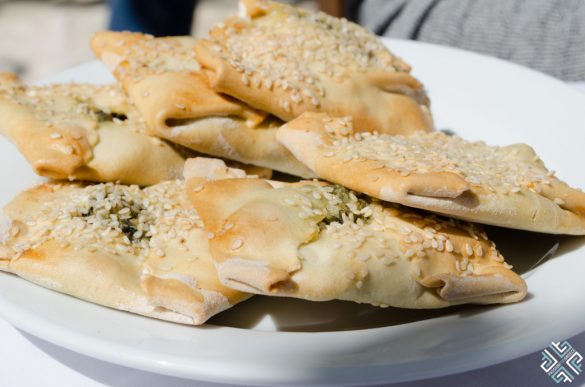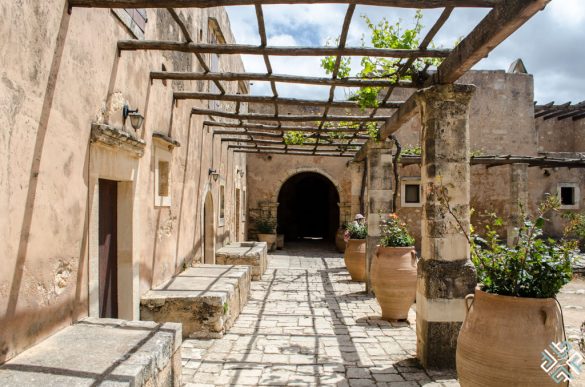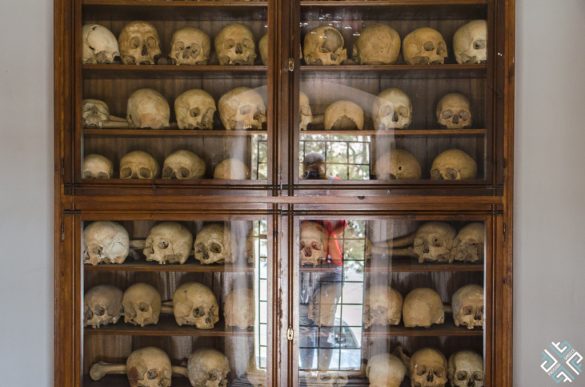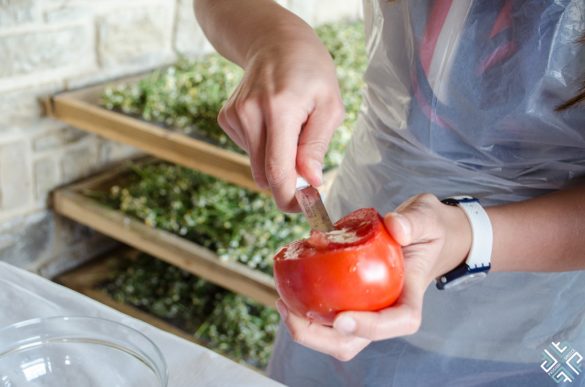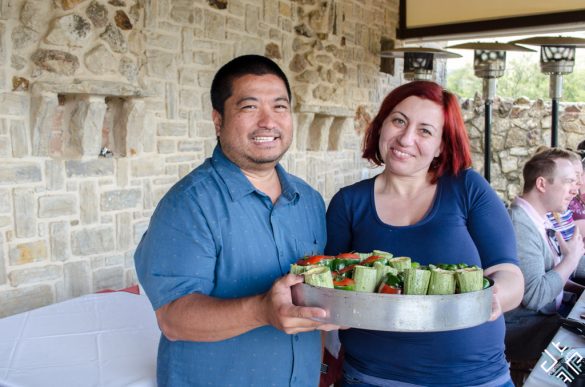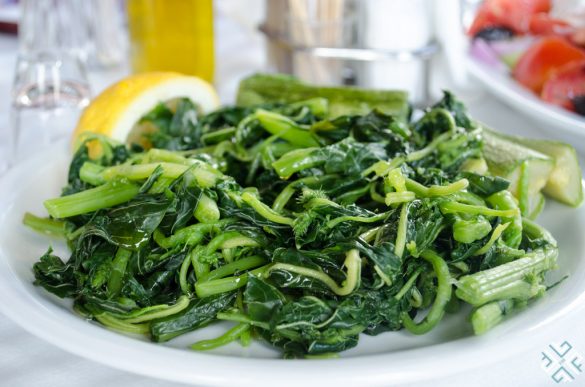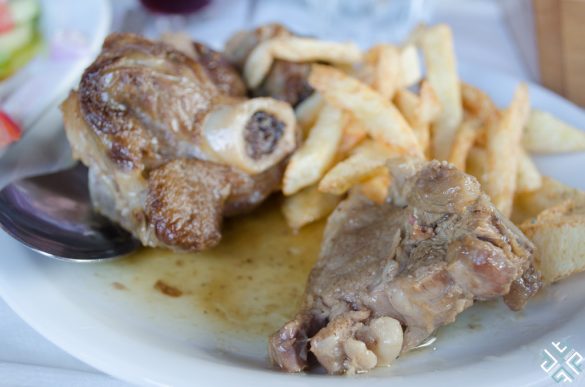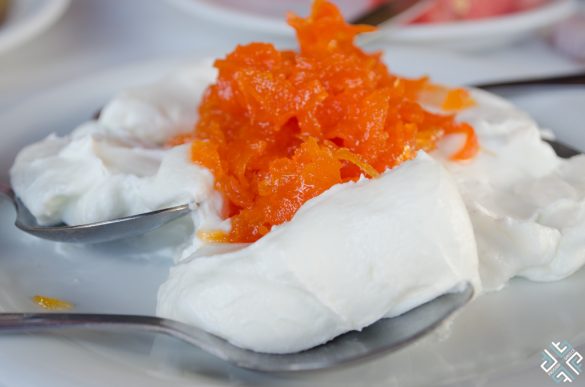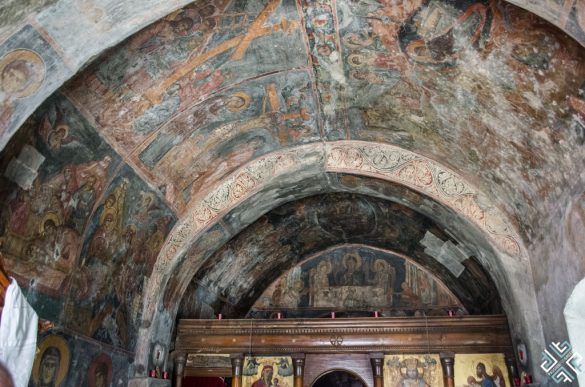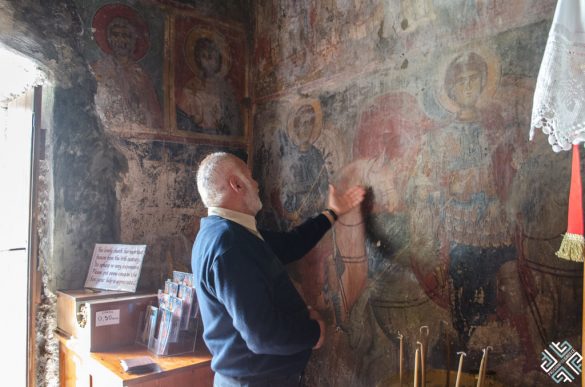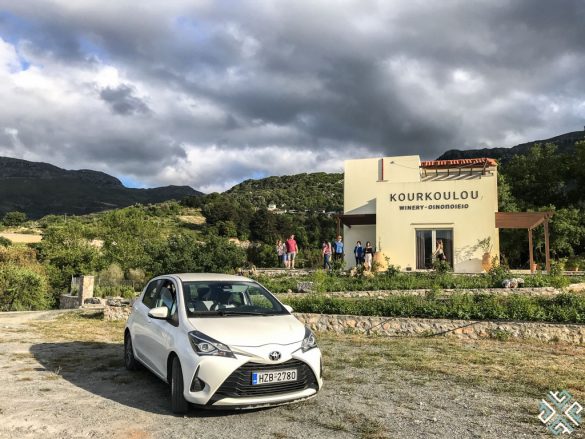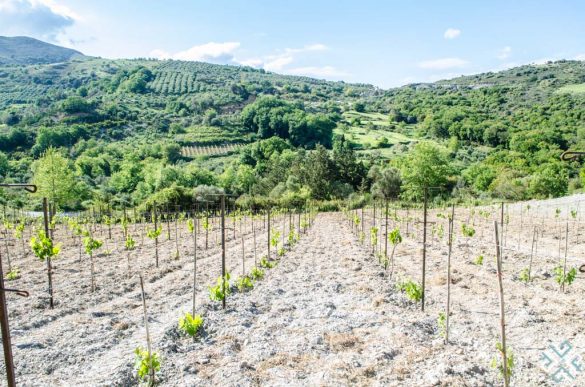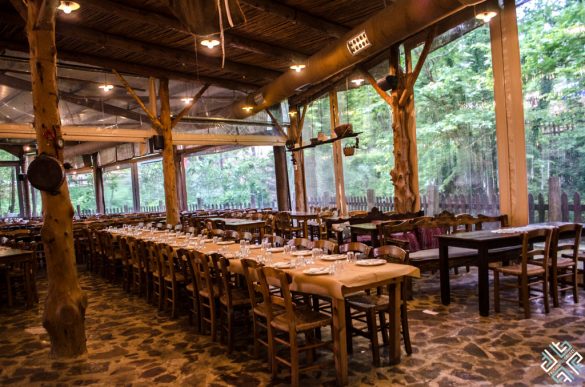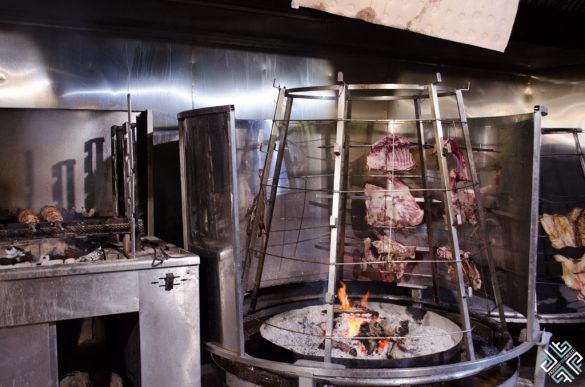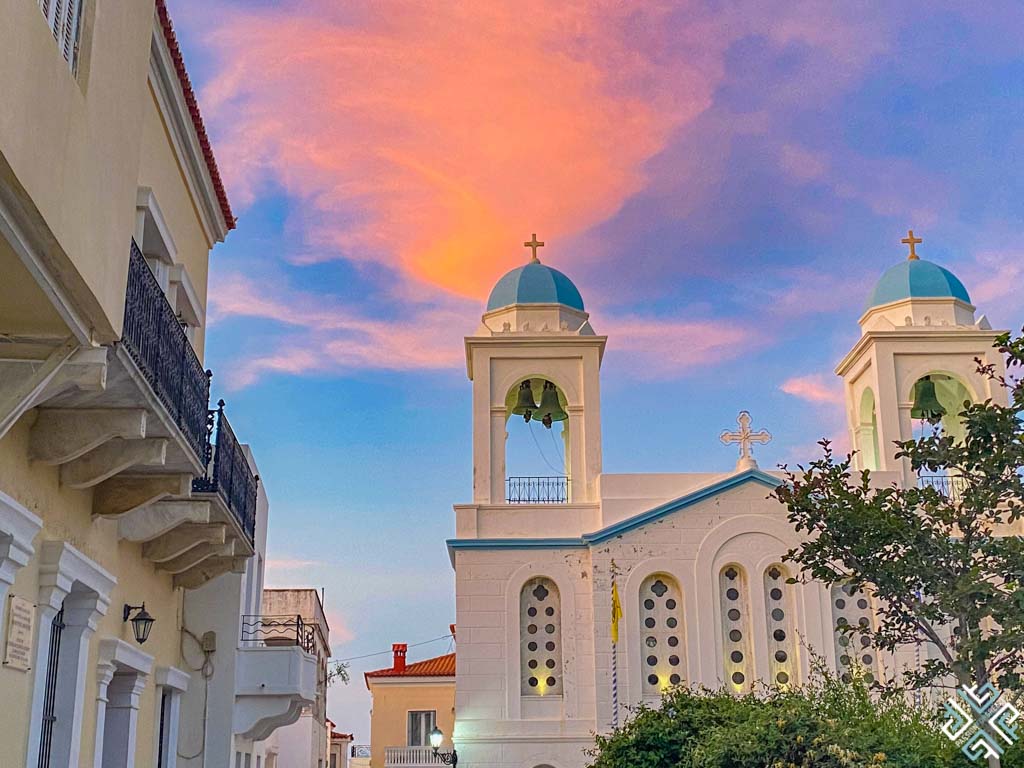A Complete Travel Guide to Agios Nikolaos Crete
Crete an island famed for its centuries-old history, marked by many historical periods and multiple invasions — is a destination that offers its visitors an array of remarkable experiences. From genuine hospitality to mouthwatering cuisine, thousands of traditional villages which dot its fertile land, stunning scenery and historical sites, Crete is a land of myths and legends, that is guaranteed to inspire you at every step of the journey.
Crete is one of my favorite islands where I have spent several summers discovering its wonders and yet there are hundreds of trails yet to be unveiled. Personally if you ask me, I believe that a lifetime isn’t enough to discover all of Crete. For those who are only spending a few days in Crete and wish to make the most of their visit can opt for a Bygone Crete Tour with Crete Local Adventures which is a wonderful way to explore Crete’s natural landscape, learn about the island’s turbulent history and taste fantastic Cretan cuisine.
Bygone Crete Tour with Crete Local Adventures: The Gems of Rethymnon
On this full day (11 hours) day tour you will be spending plenty of time outdoors, visit one of the most famous monasteries on the island, admire the view of Mt. Psiloritis the famous location of the cave where Zeus was nurtured, master the techniques of Greek cuisine, learn all about the mountainous herbs, visit a 6th century AD church of the Assumption, taste some fine local grape varieties in a family-run winery and hike through the impressive Patsos Gorge.
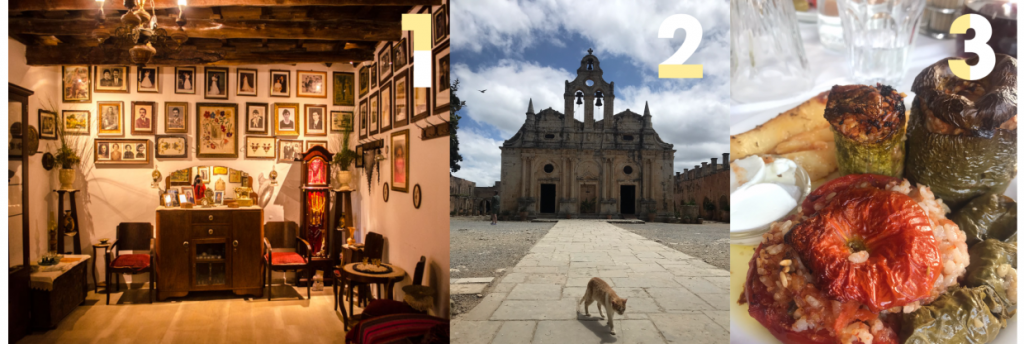
Let me tell you exactly how we spent our day learning all about the gems of Rethymnon.
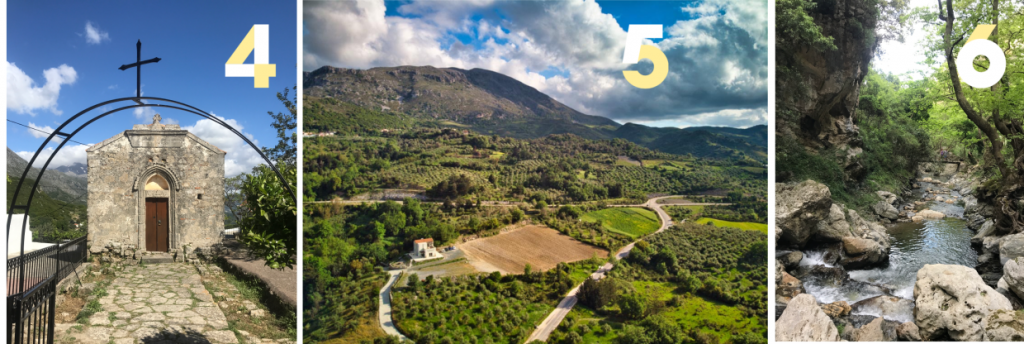
1. Poliou House: The Center of the World in a little Cretan Village
“Do you know that paradise is right here in this little village” said George Polioudakis as he was standing on the ladder fixing the red apple hanging from the tree in the middle of the courtyard.
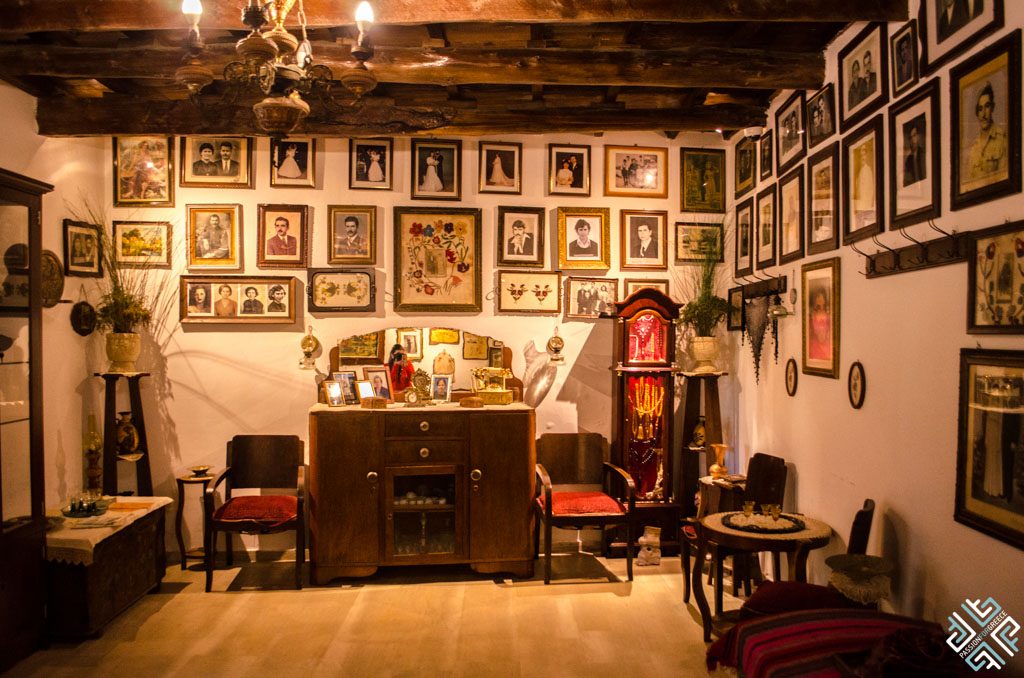
“You are standing right in the middle of the Garden of Eden on the island of Crete, the most beautiful place in the world” smiled the charming villager as he was telling his story in Greek.
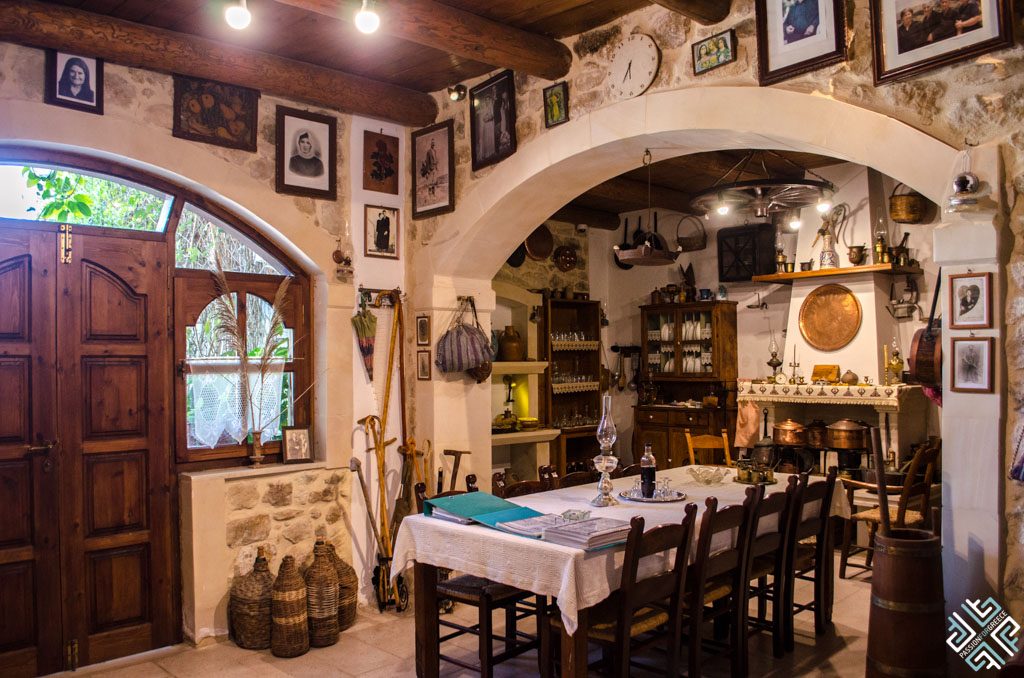
George started this folklore museum to honor his family and the history of his village.
Today this impressive folklore museum host visitors from all corners of the world who come here to learn all about the traditional Cretan life of the 19th century. All the objects and artefacts on display have been collected over the years — some which were regarded as useless found their second home under the roof of this beautiful folklore museum and tavern.
A morning ritual involves enjoying a cup of freshly prepared Greek coffee and the traditional local pies kaltsounia. These small cheese pies are a specialty on Crete, and are usually made with mizithra cheese, herbs and honey. We also tried another pie, filled with spinach and herbs.
There is one important thing that you must know about Crete, and that’s raki or tsikoudia, a strong spirit deeply rooted into the Cretan culture made out of grape must and contains 40% alcohol. Raki is enjoyed everyday, at all times of day and all across Crete. Before we left Poliou House we had a glass of raki, remember it is impolite to refuse a shot of this drink once it is offered to you by the locals.
2. Arkadi Monastery
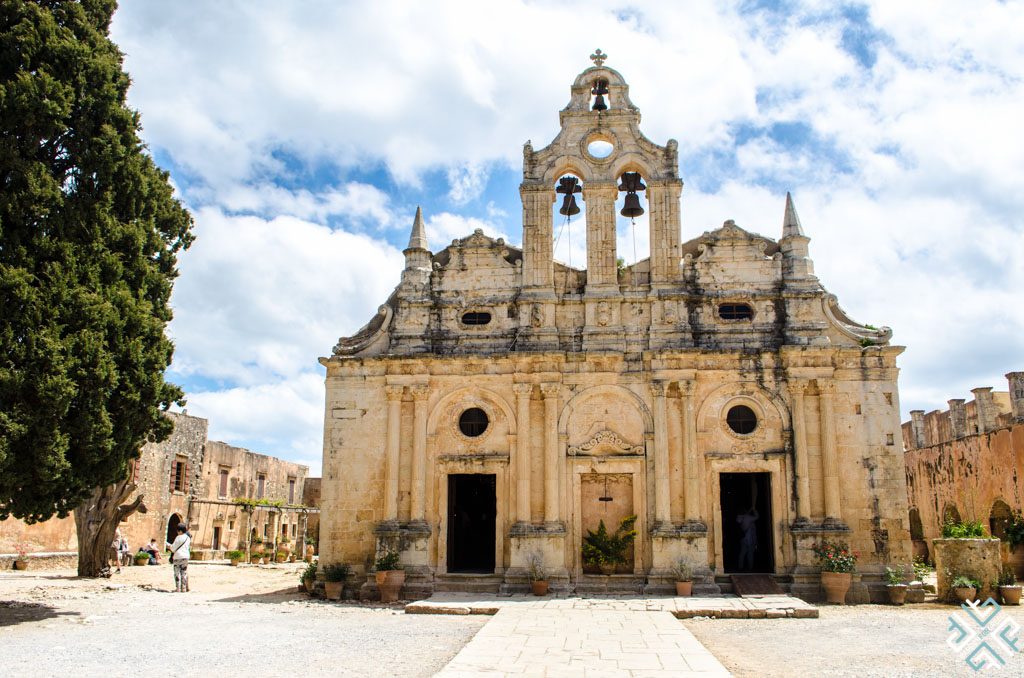
After starting our morning on a very pleasant note the second stop of our tour was approximately a 20 minute drive away from Asteri Village (read my review on Amazing Villas in Crete). The Arkadi Monastery is one of the most glorious monasteries on Crete. Our fantastic guide Giannis explained how this 5th century monastery was constructed during the reign of Roman Emperor Arcadius (385-408).
During the Ottoman occupation, the Arkadi Monastery continued to prosper as it was supporting itself through agriculture.
One of the most notable events which occurred here was the Arkadi Monastery Holocaust that took place in 1866. During that period of time many women and children sought refuge from the Ottomans here at the monastery, as a result during the attack they had locked themselves up in the gunpowder room and when the Ottomans reached the Monastery they set a fire and sacrificed their own lives. Right across from the monastery there is an ossuary which displays the skulls of the victims.
3. Cooking Class in Thronos, Amari Valley
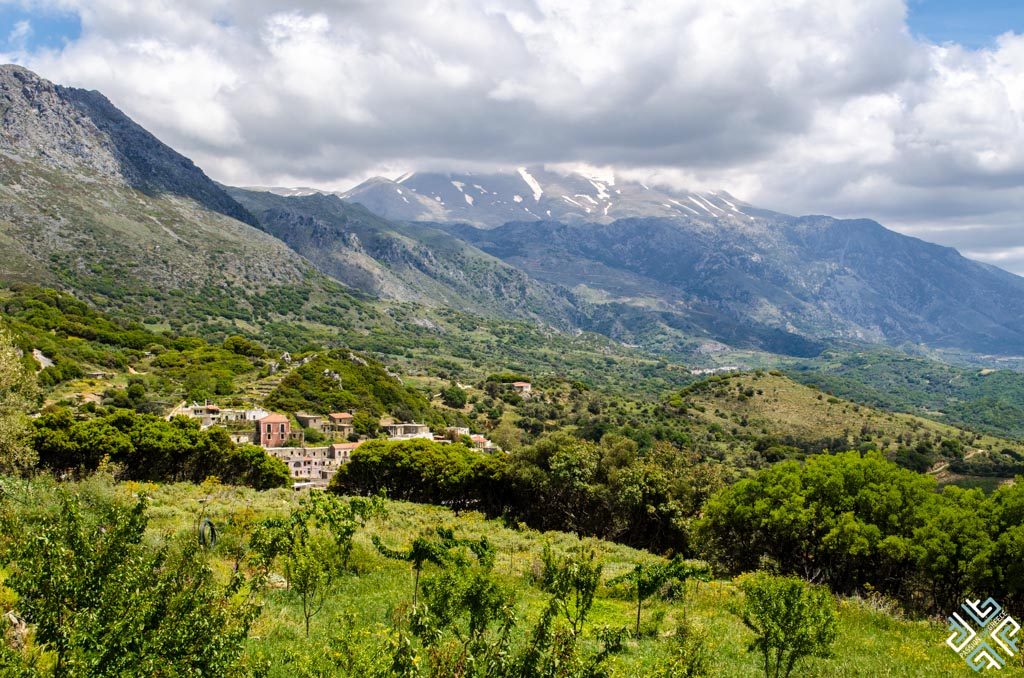
The village of Thronos lies on the western foothills of Mt. Psiloritis offering sweeping views of the Amari Valley. Located 32 kilometres from Rethymnon Town it is set on the site of the ancient city of Syvritos which according to archaeological findings was continuously inhabited from the Late Bronze Age and experienced great prosperity during the Roman and Byzantine period.
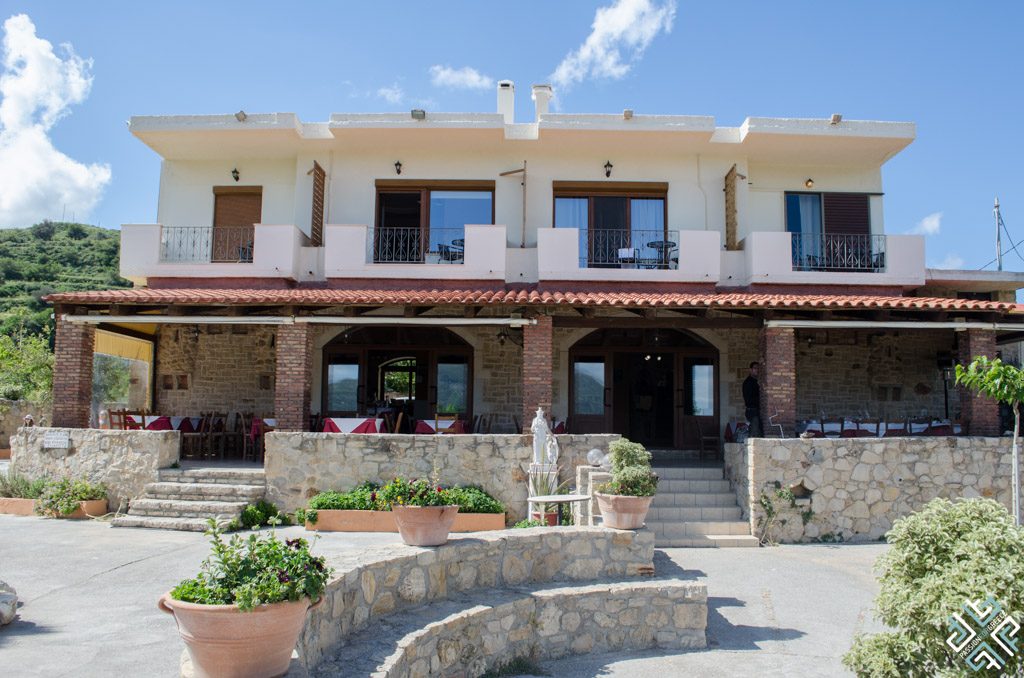 From the 5th century AD, Syvritos was the seat of the homonymous, the modern name of the village Thronos translates as the throne thus being connected with the episcopal seat.
From the 5th century AD, Syvritos was the seat of the homonymous, the modern name of the village Thronos translates as the throne thus being connected with the episcopal seat.
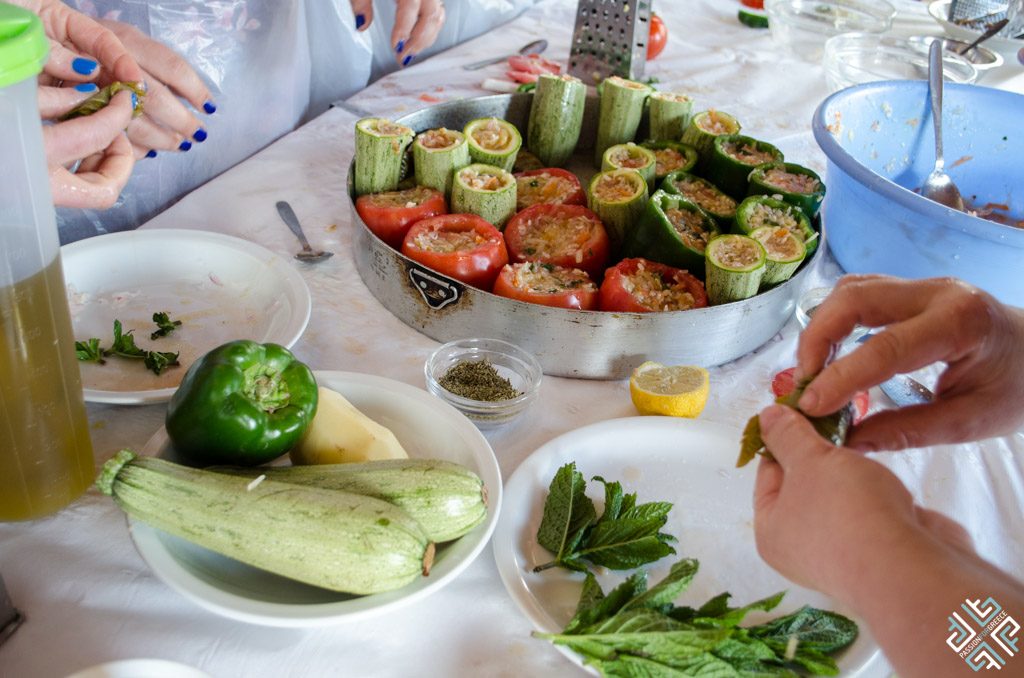
In the heart of the village overlooking the Amari Valley there is a local taverna called Aravanes where Maria and Eleutheria organize cooking classes for their guests.
We learned how to make traditional stuffed vegetables — gemista (tomatoes, capsicums and bell peppers) and dolmadakia (stuffed vine leaves) followed by a delightful lunch accompanied with chilled local wine.
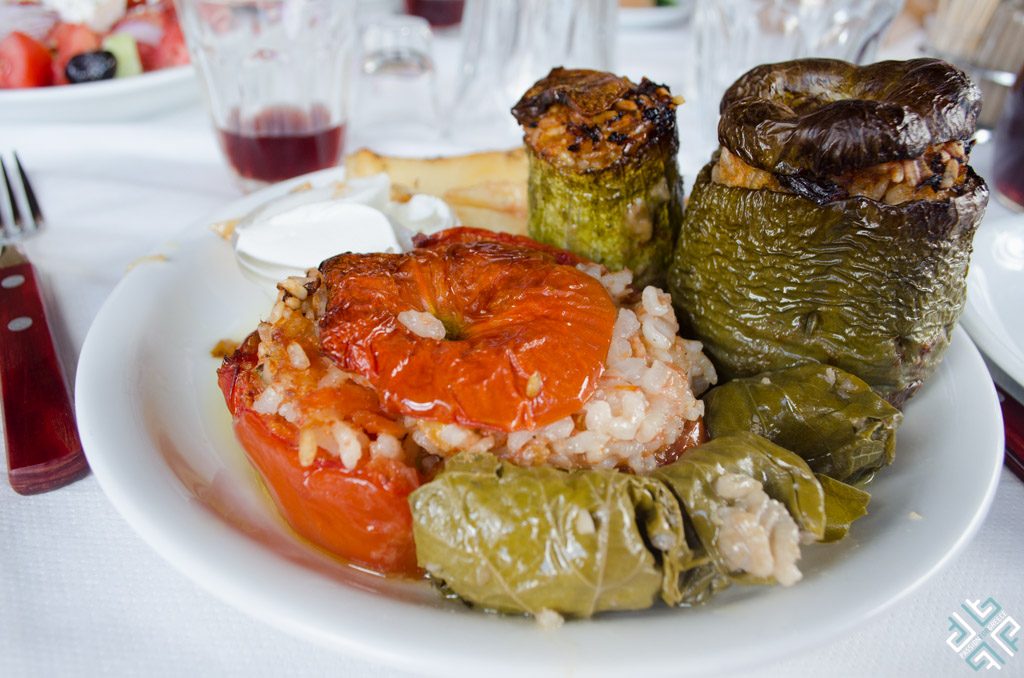
4. Try the Mountain Herbs and Visit a 6th Century Church
After our delicious lunch break we followed the local villager Mr Lambros Papoutsakis to the small church of Assumption.
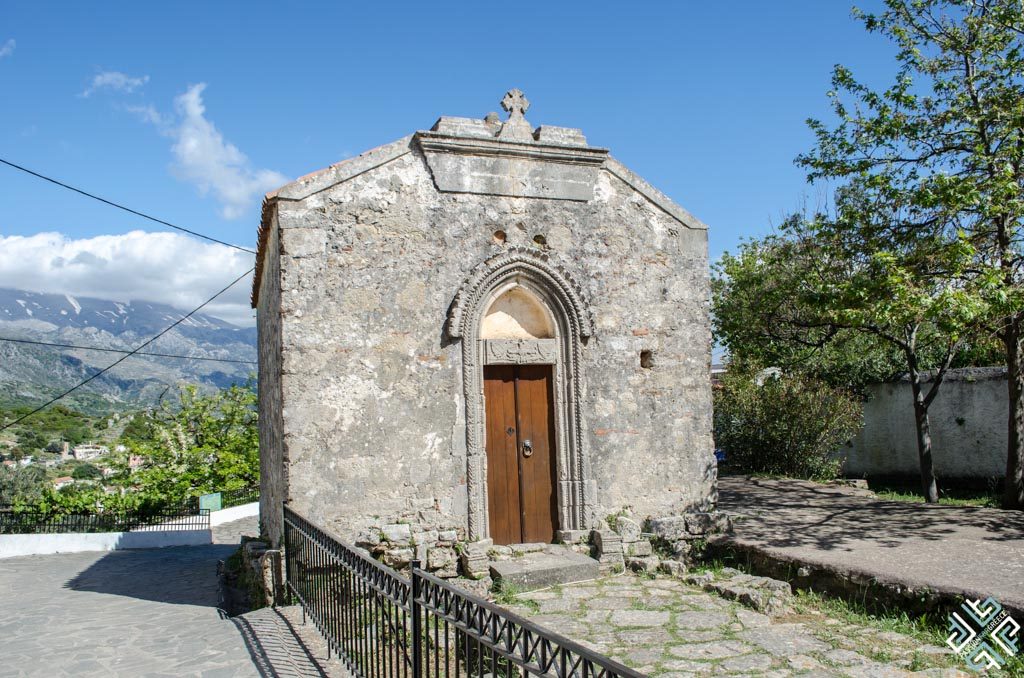
The remains of the three-aisled, timber roofed basilica date back to the early 6th century AD. Traced of the mosaic floor in the central aisle of the basilica have been preserved until this day. The mural paintings dating back to the 14th century have been well preserved, among the iconography are scenes which depict the scenes of Festival Cycle, Life of the Virgin and Christological iconographic cycle.
Mr Papoutsakis explained the history with such great passion that we could feel the importance of this church to the locals as not only a religious monument but also an important cultural site.
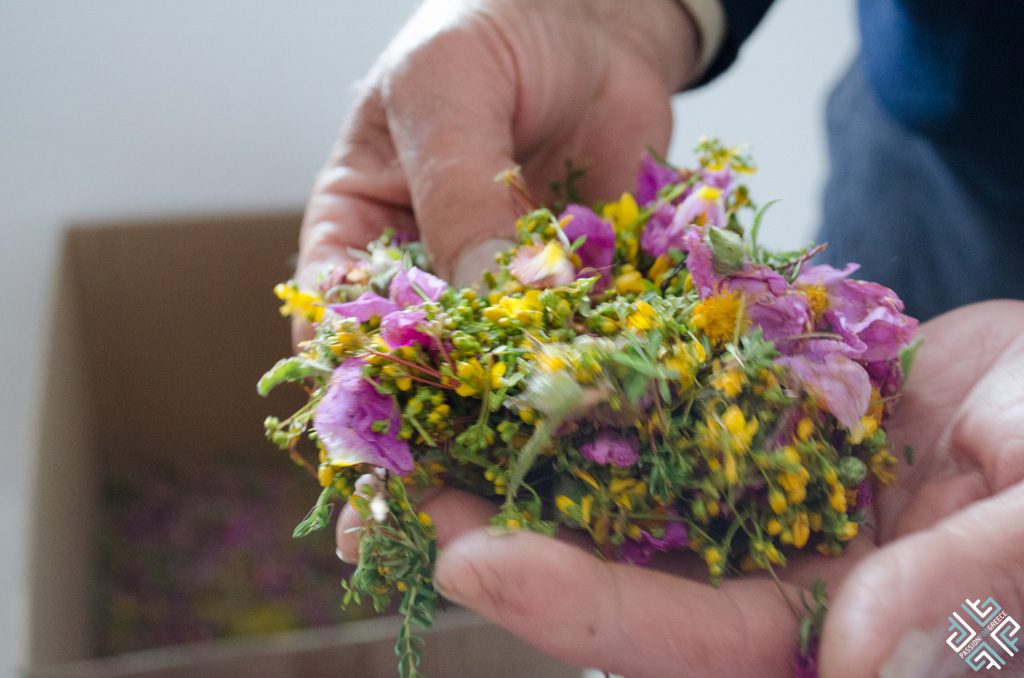 Before saying our goodbyes Mr Lambros served us a glass of raki and showed us his herb collection and home made raki, which is available for sale.
Before saying our goodbyes Mr Lambros served us a glass of raki and showed us his herb collection and home made raki, which is available for sale.
5. Wine Tasting in a small family owned winery
Next on the tour was a visit to the Kourkoulou winery located in the Patsos Amariou village. The modern building houses a sales room and corner and a wine tasting area where we savoured a white and a rose wine, both of which are produced from the local liatiko grape variety.
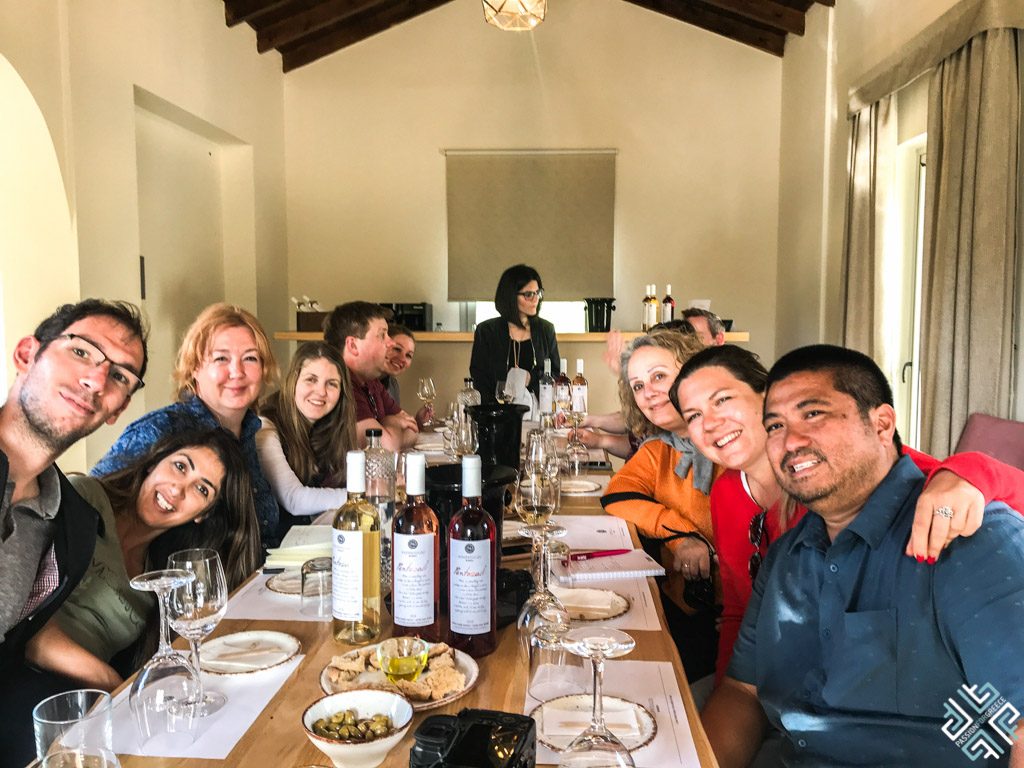
This is an old Greek red grape variety that produces both sweet and dry wines. Paired with Cretan rusks, olives and olive oil we enjoyed a wine tasting session in this modern family-run winery.
6. Hiking in the Patsos Gorge with Crete Local Adventures
Next on our tour, the final stop of the day was at the Patsos Gorge which although is a relatively small gorge, 1.5 kilometres long is quite popular for its natural beauty and dense vegetation.
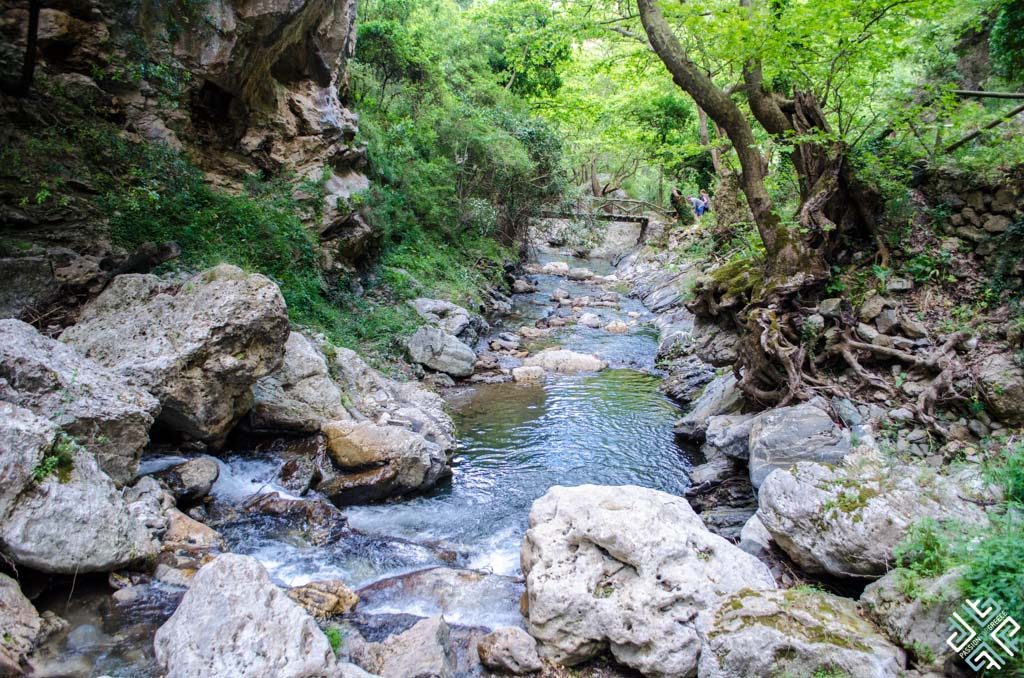
At the entrance of the gorge visitors will encounter the cave-chapel of Agios Antonios which is decorated with numerous offerings, tamata — promised made of small pieces of metal with miniature body parts shaped on them left by those seeking help or a miracle.
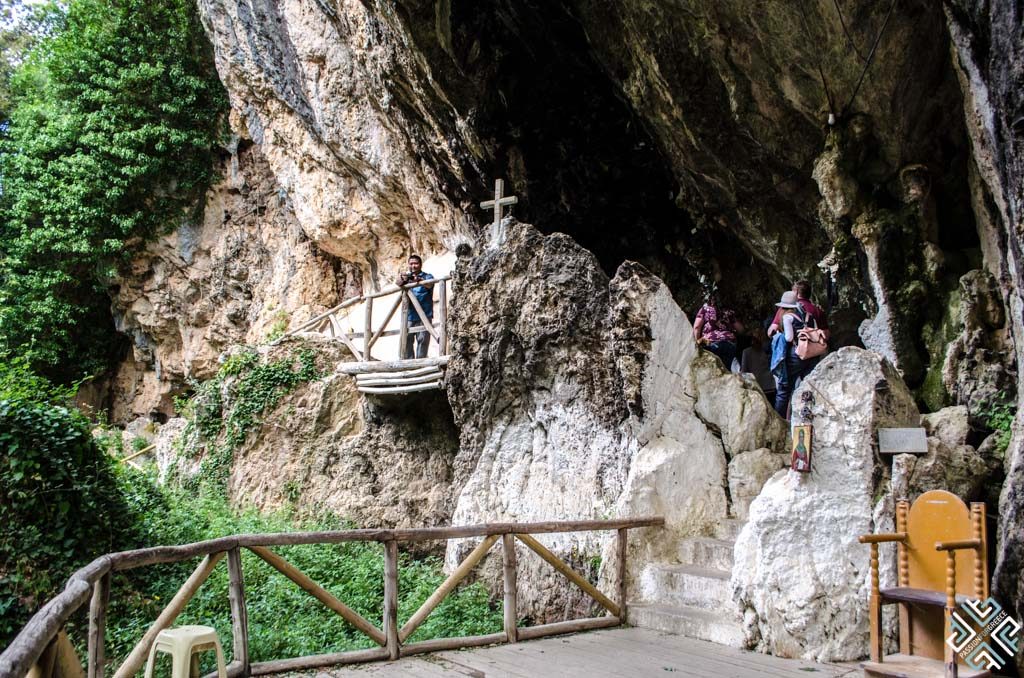
Following a leisurely walk through the gorge, we sat down at the local tavern located a few steps from the entrance where we had a yogurt dessert and raki.
Tour details
The Bygone Crete tour is a great way to experience some of the highlights of the Cretan rural life, learn all about the island’s rich history and culture. Includes plenty of food and raki, of course!
Duration: 11 hours
Two meeting points: Chania and Rethymnon
More details on Crete Local Adventures site.
You can also read about my review of their Rethymnon Conquered tour.
If you are planning your trip to Crete you also might want to check :
Why you must visit the lesser known Lasithi in Eastern Crete
A Complete Travel Guide to Agios Nikolaos Crete
The highlights of Argyroupolis Crete
Margarites Village in Rethymno – Discover the Tradional Pottery Making in Crete
Travel Guide To Chania Old Town and Beyond


